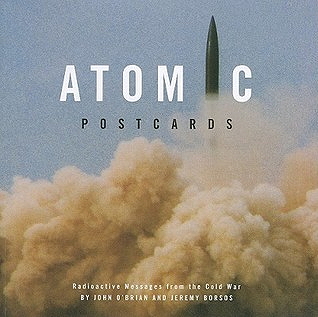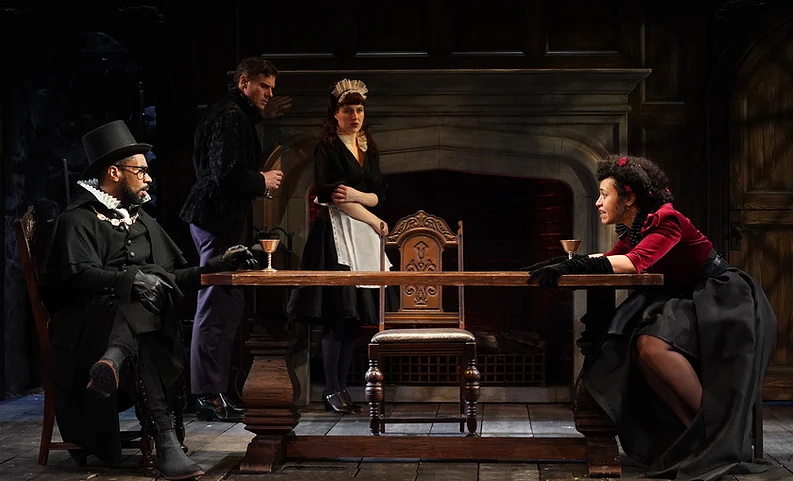
We knew, our group, standing at the water’s edge that day and looking out: We knew that something would be coming for us out of the west. Our most learned seers had warned of it for some time. Most of us couldn’t have told you how they knew, not fully, but we knew that they did. A few dozen of us had come to meet it, having decided it was better to face the shadow creature head-on. The air was hot, this being the middle of summer, so all of us were lightly dressed; little would hinder us if we panicked and broke and ran. It was midday, so the sun hung directly overhead, clear in the bright blue bowl of sky.
We were as prepared as we would ever be. Nothing to do but watch and wait. We checked the time, or looked at one another, with our instruments and protective devices at the ready. Some of us ventured a step or two into the fringe of surf at the water’s edge, just to be able to say we had touched the Pacific Ocean. Then we resumed our stances and looked back out to sea. Suddenly, there it was, the shadow, monstrously big, sweeping across the water. A vast cone of sky grew dark and drew near; the air turned cool; birds ceased their chatter. The shadow surrounded us. Above us, something was eating the sun.
So began my experience of the eclipse of July 11, 1991, which I witnessed from a spot on the Pacific coast of Mexico, somewhere to the west of Guadalajara. That account is tinged with the influence of Ursula K. Le Guin’s fantasy novel A Wizard of Earthsea, in which a young man decides to confront a shadow creature that’s been pursuing him and ventures beyond the land’s end to do it. (J. K. Rowling appears to have borrowed a trick or two from the same book.) But that’s basically how it started.
Continue reading




